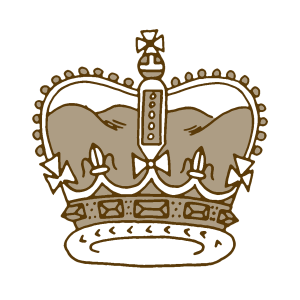The Royal Proclamation

The Royal Proclamation of 1763 is a document that outlined European settlement of Indigenous land. King George III issued this document to provide guidelines of how Britain could claim territory. The Proclamation states in part:
“And whereas it is just and reasonable, and essential to our Interest, and the Security of our Colonies, that the several Nations or Tribes of Indians with whom We are connected, and who live under our Protection, should not be molested or disturbed in the Possession of such Parts of Our Dominions and Territories as, not having been ceded to or purchased by Us, are reserved to them, or any of them, as their Hunting Grounds. …
And We do hereby strictly forbid, on Pain of our Displeasure, all our loving Subjects from making any Purchases or Settlements whatever, or taking Possession of any of the Lands above reserved, without our especial leave and Licence for that Purpose first obtained. …
And We do further strictly enjoin and require all Persons whatever who have either wilfully or inadvertently seated themselves upon any Lands within the Countries above described or upon any other Lands which, not having been ceded to or purchased by Us, are still reserved to the said Indians as aforesaid, forthwith to remove themselves from such Settlements.”
While the Old English can be difficult to understand, it seems clear that the essence of the Proclamation is that Indigenous rights and territory are recognized by the Crown (at the time the British King but now the federal government). The Proclamation acknowledges that Indigenous title to land will continue to exist and that it would continue to exist as such unless ceded by a treaty. At the time, it was only the Crown that could purchase land and anyone that wished to buy land had to buy it from the Crown.
Although the Proclamation promises protection of Indigenous lands (and that their land shall never be molested or disturbed), this is still a colonial document that establishes a colonial view of land as possession. Also, it is a document that was created without the consultation of Indigenous peoples.
The Royal Proclamation of 1763 is still a legitimate official document. Despite this, the settlement of Europeans began to grow in numbers, mostly without consultation or negotiation with Indigenous peoples of the territory. Sometimes, however, treaties were established between Indigenous peoples and the government to ensure Indigenous people were compensated for the land taken, although the fairness of these treaties are contested.
For more information, watch Justice Murray Sinclair on the Royal Proclamation of 1763 where he explains his “love – hate relationship” with the proclamation.

